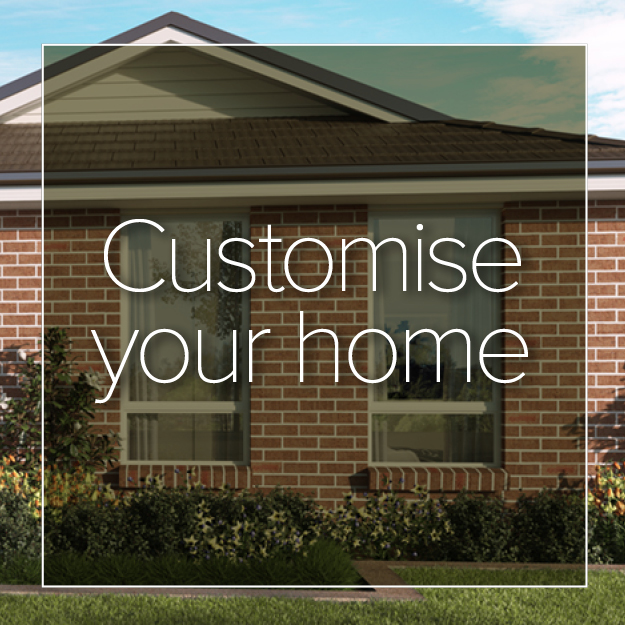Comparing the costs of your chosen retirement lifestyle
One important part of deciding where you’d like to live in retirement is knowing just how much it costs to live at a retirement estate such as Kensington Gardens, compared to an average suburban home.
And even though there are many benefits to living in a retirement community (such as the social benefits and the ability to use the estate’s facilities), that doesn't mean living in a retirement village is necessarily all that more expensive.
In this news post we'll take a look at the costs of living at Kensington Gardens compared to staying in a private home in the suburbs.
What's the difference in home purchase costs?
Before you even move in, when you buy a house to retire to in the suburbs, you’ll be liable for government stamp duty; a cost which can add up to several thousand dollars. At Kensington Gardens, there’s no such cost to consider – putting you ahead of the game straight away.
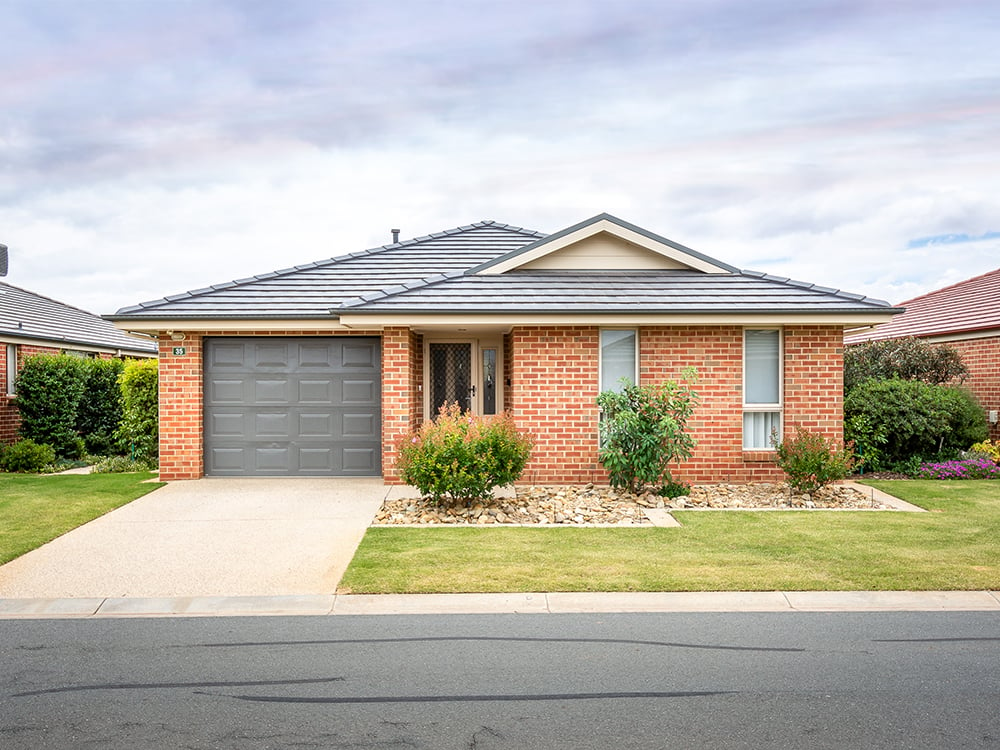
Then there’s the legal fees for conveyancing and registration of your new home, which can cost you in the vicinity of $1,200 to $1,500. At Kensington Gardens by contrast, you’ll pay just $154 at Albury and $770 at Shepparton – a price that includes registration of the lease.
When you purchase a home in the suburbs, to make sure your new home is in good condition it’s a great idea to pay for a building and pest inspection before you commit. That will set you back around $650. At Kensington Gardens, you don’t need to pay this charge – the building and pest inspection is already taken care of for you!
Lastly, the state of your new home and its garden can obviously vary widely. So when buying a private home you may have to take into account the cost of renovations or landscaping to make your new house truly your home. By contrast, at Kensington Gardens you simply won’t need to. Our estates are all beautifully planned, perfectly maintained, and ready and waiting for you to move in and enjoy your retirement lifestyle.
Can you compare the ongoing costs of living?
Obviously when you’re living in your own home in the suburbs or elsewhere, you’ll be responsible for all the general running costs involved. That’s in contrast to the situation with a retirement estate, where many of these costs are taken care of in your monthly operating charge.
For example, while you have to pay for your home insurance in the suburbs, at Kensington Gardens that cost is covered in your operating fee. What’s more, it’s usually less than what you’d pay for yourself because we have the bargaining power of negotiating for insurance of more than 400 homes.
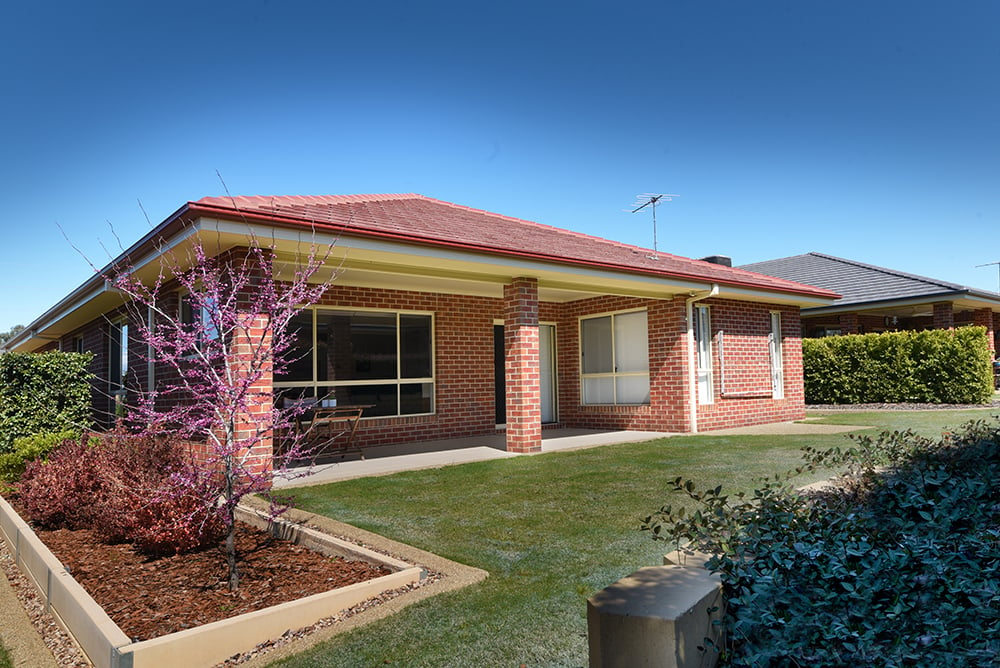
It’s the same with rates and water. While you’re responsible for paying these fees when living independently, at Kensington Gardens they’re handled as part of the operating costs.
And at Shepparton we pay the bill – and if you are a pensioner, you’ll even get a discount!
Putting a price on your retirement lifestyle amenities
As we mentioned above, one of the big areas where retirement estate living really shines is with all the included facilities that you’ll be able to make use of.
When you’re living in a private home in the suburbs, of course there are no included amenities – aside from those you pay for yourself!
By contrast, at Kensington Gardens you’ll enjoy a plethora of entertainment services and options.
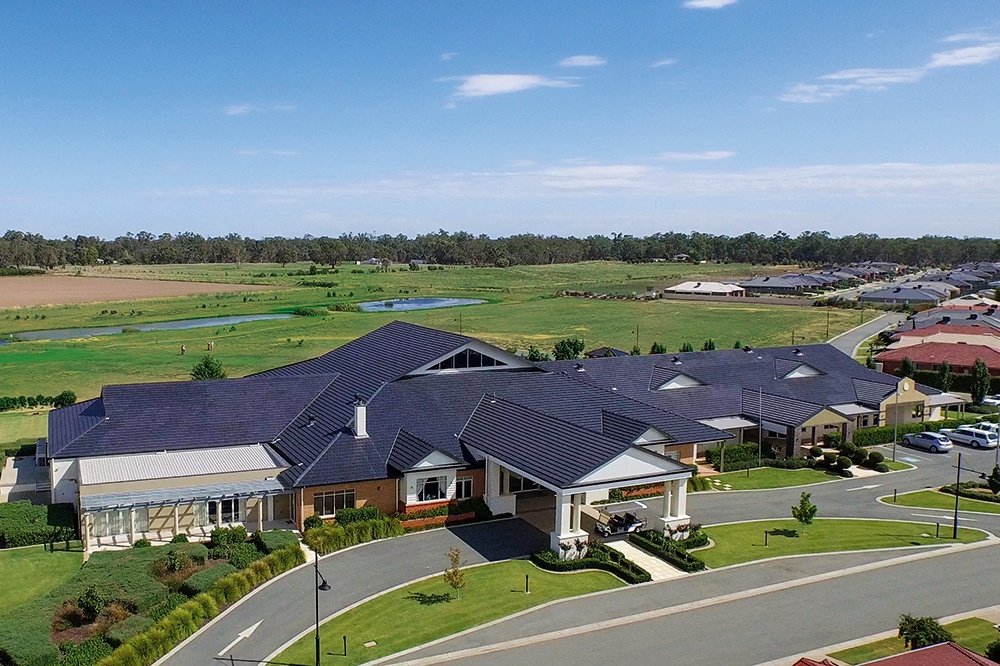
At both our Albury and Shepparton estates, you’ll enjoy our Country Club, pool, library, cinema, caravan storage (subject to availability), and much more – all as part of the package.
They’re all impeccably maintained and kept clean and ready for you to use as much as you like – with no extra costs. It’s easy to see why some of our residents see the facilities as an extension of their home – but with no cleaning or maintenance!
Just imagine a day at Kensington Gardens:
- You start your day with a gentle gym session at 5 am
- You follow up with a session in the swimming pool and spa
- After breakfast, it’s time for arts and crafts from 9am
- Then it’s on to a game of pool at 10...
- Followed by a BBQ lunch at the Country Club
- Have a game of croquet
- After lunch you decide to take in a movie at our ‘Gold Class’ style cinema (you can even take the grandkids to the movies in school holidays!)
- Then if you’re still looking for entertainment, there’s always the Country Club bar as a great place to catch up with friends and share all the latest news.
How does that sound for a ‘day in the life’ of our retirement estate residents?
In fact, with so much social interaction and so many activities available, you might wonder how you ever had time for a career!
Who maintains your lawns and garden now that you've retired?
Even if you’ve got a ‘green thumb’, let’s face it – there are some gardening tasks that just aren’t very fun or fulfilling to take care of (and it seems that problem plants are the ones that just never stop growing).
In your own private home, naturally you’re responsible for all your ongoing external house & gardens maintenance. Yet we’ve had many people tell us that, while they don’t necessarily want to downsize their home, they certainly DO want to downsize their gardening.
At Kensington Gardens all your garden maintenance is taken care of as part of the operating fee. Sell that lawnmower and say goodbye to mowing!
And if you do enjoy gardening, don’t worry. The small garden at the front of each house is your responsibility to take care of the way you want, giving you plenty of opportunity for ‘pottering in the garden’ (and you can always tell which Kensington Gardens residents like to spend time away enjoying caravanning. Their gardens tend to feature yuccas and rocks!)
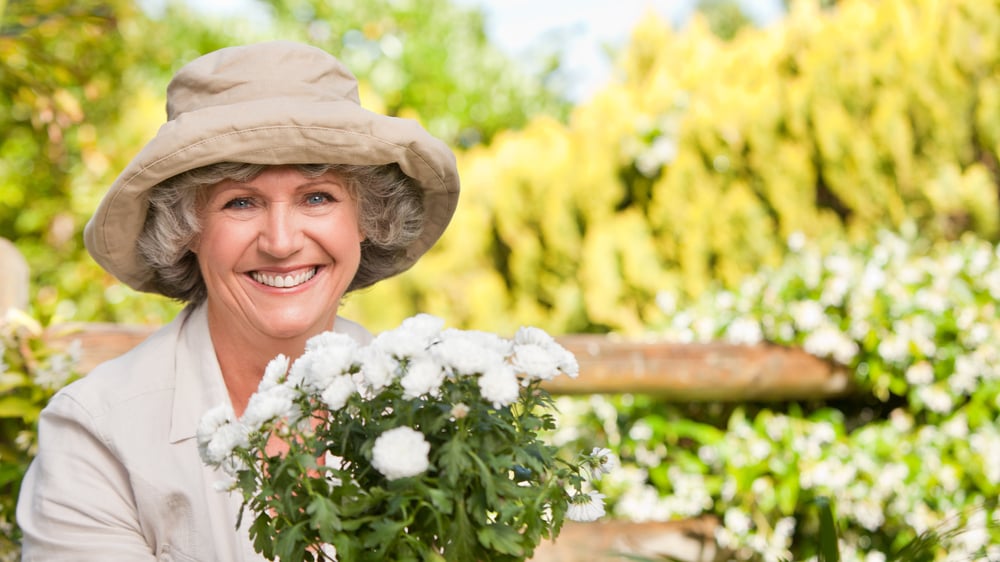
What about the “non-financial costs” of retirement living?
Of course, there’s more to choosing your ideal lifestyle than simply weighing up the dollars and cents. As well as the ‘hard’ out-of-pocket costs, there are also the ‘soft’ costs on the one hand, and the social & health benefits to be had on the other.
As we’ve seen with our example above, at Kensington Gardens you’ll have plenty of opportunity for as much or as little social interaction as you feel like each day. (And let’s face it, with no garden maintenance or mowing to worry about, you’ll need to find something to do with your day!)
Another ‘soft cost’ to consider is the capital growth (or otherwise) you may enjoy on your home – which after all is often your biggest asset. We’re always hearing about how Australian house prices are increasing. But those stories usually refer to the capital cities where people live and work – not the regional and rural areas you’re more likely to want to retire to.
So if you’re considering buying a home in a regional area (such as Albury or Shepparton), you shouldn’t bank on enjoying significant capital growth.

And of course, unlike Kensington Gardens, when you live in the suburbs there are no house rules governing how your neighbours can and can’t behave; how much noise they can make; where they can park; and how they look after (or don’t look after!) their home and garden.
That means the quality of your retirement lifestyle is at the mercy of your neighbours and others – not the case when you choose to move into a managed retirement lifestyle estate such as Kensington Gardens.
See our Kensington Gardens retirement villages for yourself
There are no “hidden costs” to living at Kensington Gardens Albury or Shepparton. Our transparent cost structure means that you get to call the shots on how you live, what you do each day, and how you budget your money.
If you’d like to know more about the costs of living at Kensington Gardens retirement estates, we’d love to hear from you. Call our friendly team or get in touch online to book a time to come in and visit us.






